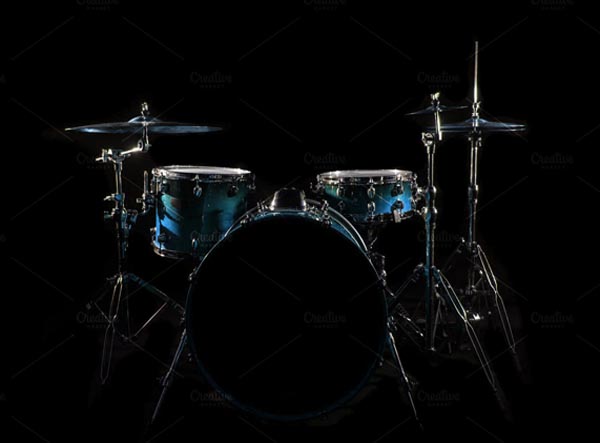Adjust the angle of your snare drum or practice pad to make it easier on you. For a better sound, use this technique when playing rim shots with a left hand. The surface should be positioned in front of you to be inclined from where you are sitting. This will give your body excellent support and doesn’t require as much movement for certain types of sounds like rim-shots which could get tiring after a while because they take more effort than other techniques such as single strokes.



